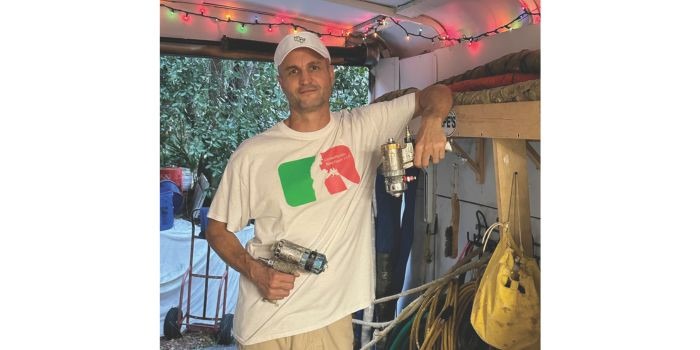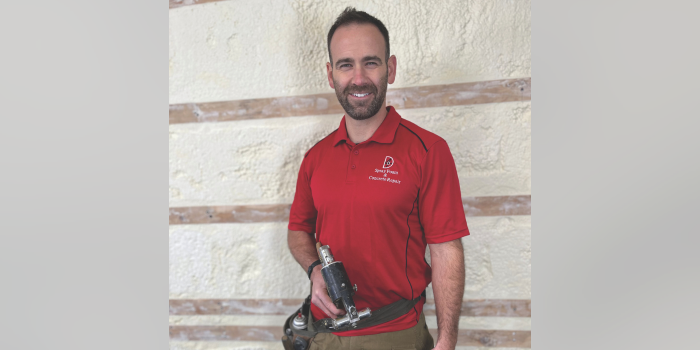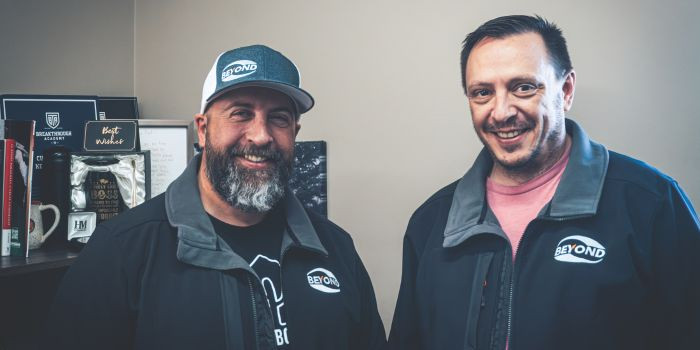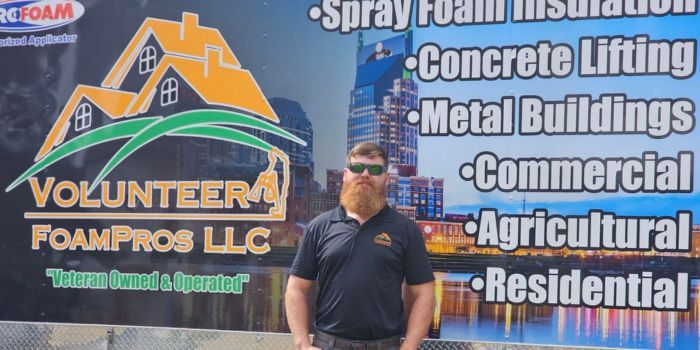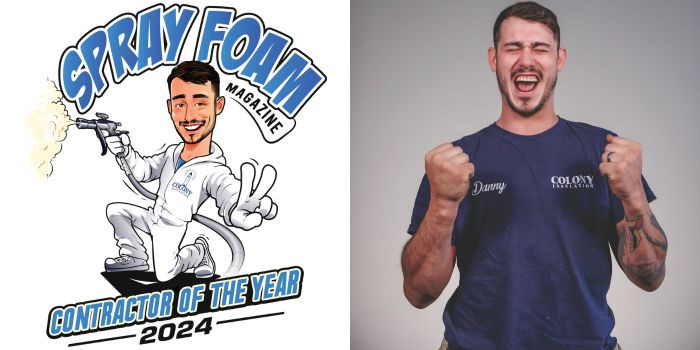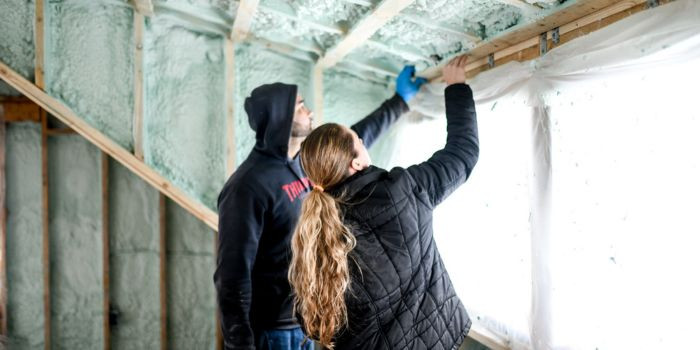Call the Doctors
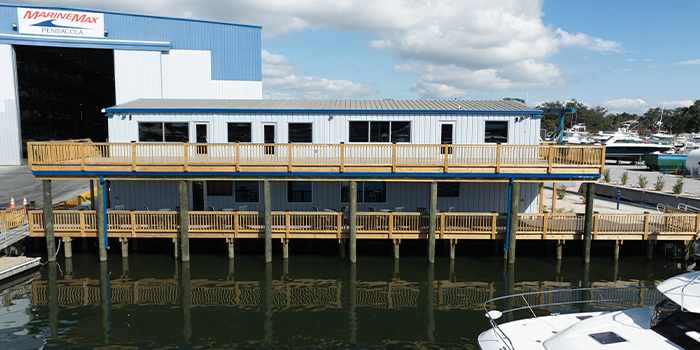

SPRAY FOAM MAGAZINE – John Dodson is the owner of Gulf Coast Soil and Seawall Docs, based in Pensacola, Florida, and has been in construction for the past 20 years, and the spray foam industry for five years. Dodson has built numerous connections in different disciplines. This has resulted in his company being well rounded with lots of expert contacts at hand to discuss and plan projects. An interesting geotechnical foam job materialized through one of these connections.
Norman Laylon from Profoam Corp. was in discussions with GCG Construction and one of their site foreman, Jason Sloan. GCG had a project with MarineMax, a recreational boat and yacht retailer. The part of the project they needed help with was to fill voids under their Pensacola sales building that sat over an old wood bulkhead seawall. When they put in a new steel seawall, the cable tie backs created voids under that sales building exposing its footers. If these voids were not filled, it could eventually result in collapse or subsidence, and the building being damaged beyond repair.
Laylon knew Dodson and his crew would be able to complete this challenge without breaking a sweat. Partnering with Profoam, Gulf Coast Soil and Seawall Docs set up to fix the seawall that was in desperate need of restoration. Spray Foam Magazine spoke with Dodson about filling this void and how a plan should always have room to be adaptable enough that all parties working on the project are satisfied.
Gulf Coast Soil and Seawall Docs focuses on soil insulation, foaming systems, and seawalls. Before Dodson and his crew joined this project, a grouting system was considered to fill the void. However, the grouting did not accomplish what the general contractor (GC) was looking for. That’s when Profoam got in contact with Dodson regarding using a high-density injection foam. This type of foam will help stop the erosion by locking all the soil in the seawall, keeping it together.
Situated at the end of Pensacola’s famous Pace Boulevard, is an affluent marina. The backside of this marina is located off Pensacola Bay. At the very edge of this seawall, the 4,000 sq. ft. MarineMax sales building sits, which has been rebuilt several times over the last couple of decades due to past hurricane damage. However, having to rebuild it yet again would cause a massive disruption for the MarineMax team operations.
Throughout all the rebuilds, the underlined soil issues were never dealt with, resulting in the building having decades of structure underneath it with multiple board and batten shorings, all of which have had makeshift repairs over the years. It was a miracle that the building had managed to stay together through constant repair, but it was only a matter of time until the rear of the building would severely crack and have major structural issues. It would only take another hurricane to hit the area, and more than likely, the building would become unusable and eventually fall into the Bayou.
The foam the crew used was one of NCFI’s TerraThane geotechnical foams. The 4lb dual component foam has exceptional spread and lifting capacity to the point the crew knew they had to be extra vigilant. Due to it having such a high density, it could literally lift the building off the ground if not applied correctly and with care. Dodson and his crew usually apply 2lb NCFI foam to help stop soil erosion by locking the soil together. However, the structural engineer on the project specified the 4lb foam. The concern for the crew is if they injected too much of the 4lb foam into the void, it could create a problem rather than solve it.
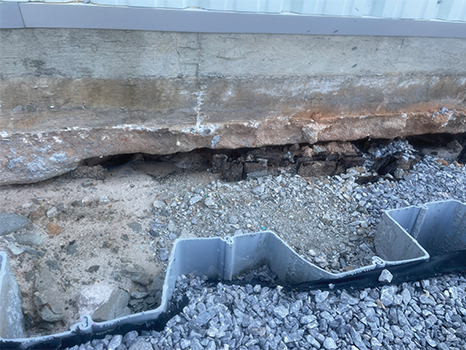
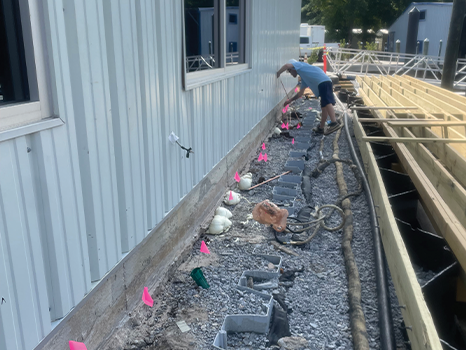
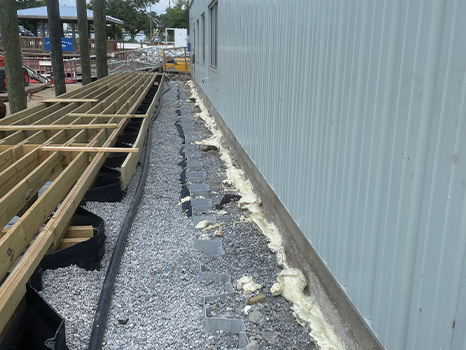
Once they arrived on site, the four-person crew had to navigate other contractors who were operating cranes and cutting off pylons in the area. The area was very restricted, and the crew had to take extra care as they crossed over walk boards to get to the void. They would literally be working just above the water and one false move; they would fall into the Bayou. The crew’s hose was at its full length with the rig a mere 15 ft. from the water, just far enough away as to not cause any major issues. Operating with their hard hats, and PFDs (Personal Flotation Devices) they were ready to begin the application.
Using a PMC PH-2 proportioner and with a PMC PX-7 gun, the crew injected between 150-250 ft3 of foam underneath the seawall’s slab. Spraying every 2 ft., with the building being 80 ft. long, Dodson states, “You really must calculate every step of the way when working with geotechnical foam. With this injection foam, there is a tip that meets the gun, and that tip could blow open at any time. It’s very sensitive. You really must respect the materials you are working with and understand the pressure as it builds, in relation to the void you are filling. Pulsing the trigger every three to four seconds, waiting a minute, and then pulsing again. You need to give the foam enough time to seep into the soil you are working with. As the foam solidifies you are bouncing back and pulling out as you go. It really is a delicate balance.”
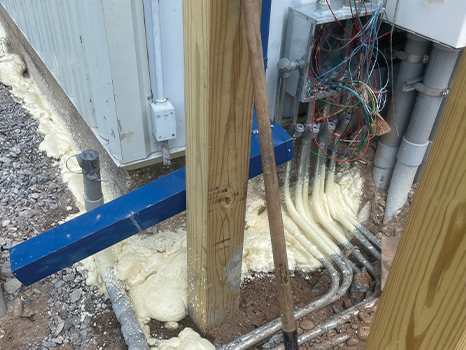
Following the foam being injected and set, other tradesmen then placed a layer of ballast rock over the foam to help tie the seawall together. The foam injection process, including safety measures from start to finish, was a full day’s work for the crew. The geofoam will help prevent soil erosion for at least forty years, helping keep the MarineMax sales building structurally grounded.
Even though geotechnical foam applications can be technically challenging, having a crew who knows how to deal with the material and a calculated application will result in a happy client. Profoam’s Laylon confirms, “Working with John Dodson was a pleasure. We arrived with an issue on hand and worked for about three hours to resolve it, filling voids. John is professional and gets the job done with superior customer service!”
Dodson and his crew really do examine, prescribe, and come up with a remedy. The Gulf Coast Soil and Seawall Docs were able to cure a major soil erosion issue, which has helped save this building, keeping it safe and secure for many years to come.
For use by SprayFoamMagazine.com & Spray Foam Magazine
Disqus website name not provided.





